Consider the following ERD:

The system administrator maintains a list of product categories, these may include, for example, cups. The administrator also maintains a list of features. These could include size, colour, material, and anything else that they decide is potentially important for any type of product. The administrator can then create an intersection of categories and features to indicate which features matter for a particular product category.
This establishes the "rules" for a catalogue of products. Which types of products do you have and what is important to know about each of these types products.
Now, to store the products themselves, you have the SKU table. Each individual product, for example: Large Black Glass Cups is stored in this table. You can store the current price of this product here. You can also store the stock on hand here, although I've recommended elsewhere to never store stock quantity directly. Inventory management is not the basis of your question, however.
For any particular product (SKU) you then have a list of product features where the specific values of each specific product are stored. The features that matter are the ones defined by the product's category as listed in the CATEGORY_FEATURE table.
On your website, when a customer is searching for items in a PRODUCT_CATEGORY, (e.g. Cups) you show them the list of CATEGORY_FEATUREs that apply. For each feature, you can create a drop down list of possible values to choose from by using:
select distinct PF.value
from CATEGORY_FEATURE CF
inner join PRODUCT_FEATURE PF
on CF.product_category_id = PF.product_category_id
and CF.feature_id = PF.feature_id
where CF.product_category_id = CategoryOfInterest
and CF.feature_id = FeatureOfInterest
order by
PF.value
This design gives your administrator the ability to define new product categories and product features without having to make database schema or code changes.
Many people are likely to point out that this design uses the Entity-Attribute-Value (EAV) pattern, and they are equally likely to point out that EAV is EVIL. I agree in principle that EAV is to be avoided in almost all cases, but I have also asserted that in some cases, and in particular in the case of product catalogues, EAV is actually the preferred design.
